Though they first appeared in the mid-1980s, run flat tires (RFT) are now more popular than ever. With some auto manufacturers making them standard in new vehicles, more consumers are asking about run flats, their advantages, and how using them impacts driving.
Run flat tires are tires on which you can continue driving after a puncture so you can take time get to an auto shop or find a safe, level area to change your tire.
You can’t drive on them indefinitely, though. Check the manufacturer’s specifications to find out how fast and how far you can drive on your run flat tires. Bridgestone run-flat tires will allow continued operation even after a loss of some or all inflation pressure for up to 50 miles (80 km) at a maximum speed up to 50 mph (80 km/h.)
There are two primary types of run flat tire systems: the self-supporting system and the support ring system.
In most self-supporting run flat tire systems, the tire features reinforced sidewall construction that will continue supporting the vehicle in the event of air loss. This construction allows continued operation after the loss of air pressure up to the speed and distance specified by the manufacturer.
Support ring run flat tire systems, on the other hand, employ a ring of hard rubber or another structure that can support the vehicle’s weight in an air loss condition.
Since they continue performing even though they’re “flat,” all run flat tires, regardless of the specific system type, may only be used on a vehicle equipped with a Tire Pressure Monitoring System (TPMS). The TPMS alerts you as soon as one of your tires loses pressure. Without it, you might not know you were driving on an underinflated tire.
You don’t have to change your tire in dangerous or uncomfortable conditions. This is perhaps the biggest benefit of run flat tires and is the one of the reasons why they were designed. With conventional tires, you have to replace a flat on the spot or have your car towed.
With conventional tires, you have to replace a flat on the spot or have your car towed.
In a puncture situation, run flats are more stable than conventional tires. Since they’re made to support your vehicle even when they contain no air, run flat tires will help you maintain better control in a complete air loss situation than conventional tires.
As consumers continue rating safety high on the list of features they look for in a vehicle, the popularity of run flat tires is expected to grow. Since run flat tires work reliably with interconnected technologies like TPMS, it may only be a matter of time before they become the norm rather than the exception in new vehicles.
There’s never a good time for a flat. That’s why Bridgestone DriveGuard tires are masterfully engineered to keep you moving for up to 50 miles at speeds up to 50 MPH without disruption.
See Details Find Your Fit
There’s never a good time for a flat.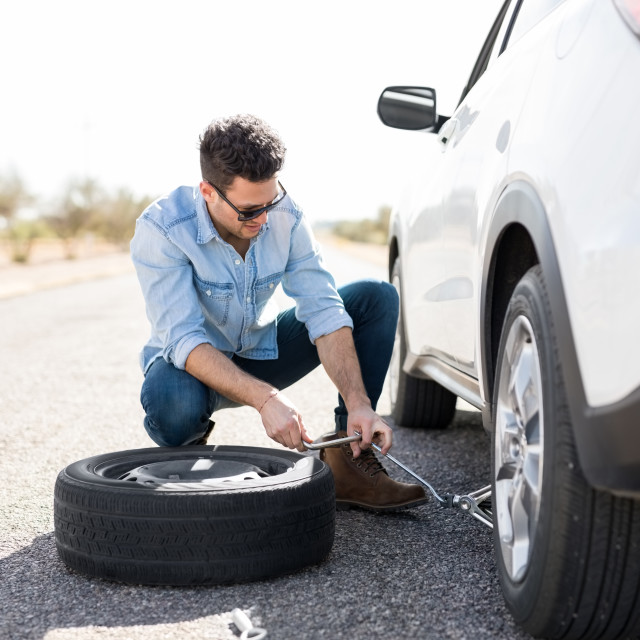 That’s why Bridgestone DriveGuard tires are masterfully engineered to keep you moving for up to 50 miles at speeds up to 50 MPH without disruption.
That’s why Bridgestone DriveGuard tires are masterfully engineered to keep you moving for up to 50 miles at speeds up to 50 MPH without disruption.
Home » Blog » Emergency Repairs » Run Flat Tyres: Everything You Need to Know
Have you been offered run flat tyres for your car and want to know the pros and cons? Maybe you’ve just heard of them and you’re interested to know more about how run flat tyres work, what maintenance they require, and if they’re actually worth the extra money you’ll pay for them. If so,check out our complete guide below.
Run flat tyres are designed to remain safe and functional for a limited time with no air pressure.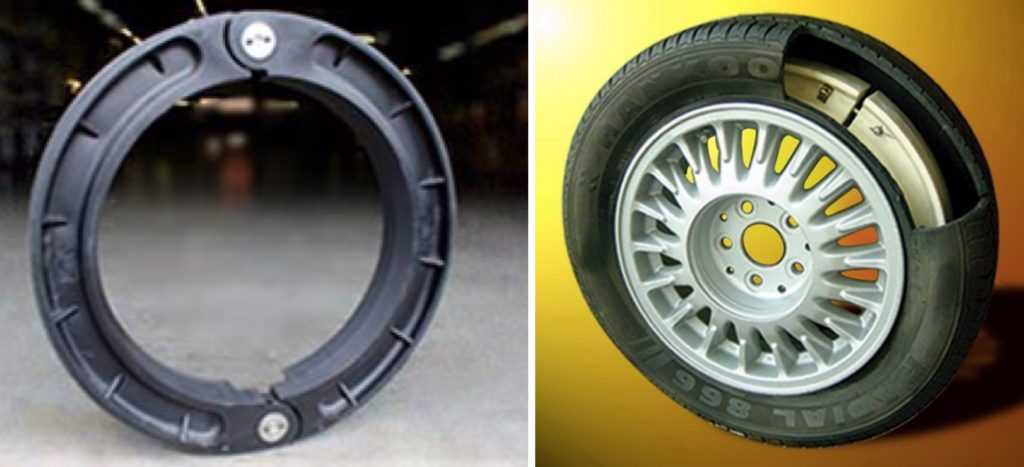 That means, in the event of a puncture, you can continue driving for around fifty miles without having to change the tyre — which could be enough to get you home, or to a garage.
That means, in the event of a puncture, you can continue driving for around fifty miles without having to change the tyre — which could be enough to get you home, or to a garage.
Unlike conventional tyres, which require air to stay hard, run flat tyres have a reinforced sidewall, meaning they stay rigid without any air pressure.
The reinforced outer shell of run flat tyres keeps the rubber in place without air, supporting the car as you continue your journey. However, the sidewall isn’t designed to be permanent, and is only recommended for around 50 miles of additional driving after the tyre has deflated.
All cars that are compatible with run flat tyres have a tyre pressure monitoring system (TPMS), which is designed to alert the driver in the event of loss of air pressure. Without a TPMS system, it would be almost impossible to detect a puncture, given that run flat tyres will continue to work even when they’re deflated.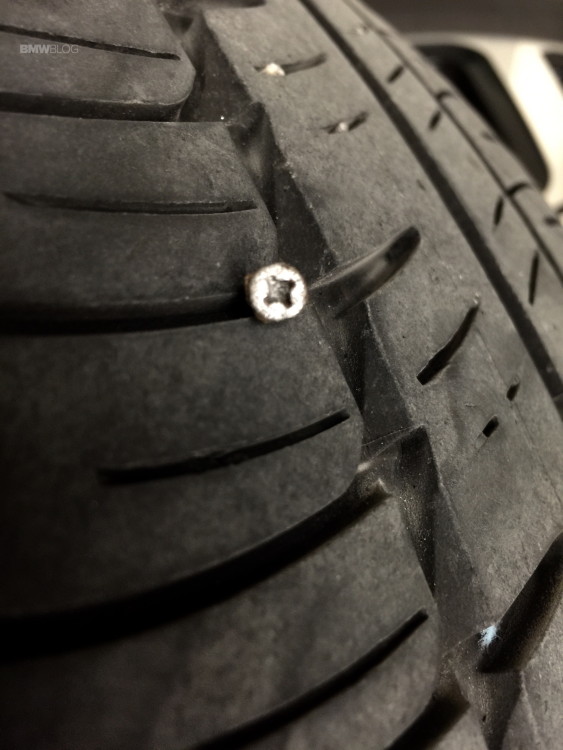
Most TPMS systems display an alert on the centre console, reminding the driver that they should stop driving after 50 miles and seek a tyre repair or replacement.
Generally, run flat tyres use the same rubber compounds as conventional tyres, so you can expect similar longevity. Despite their reinforced components, run flats will wear at the same rate as standard tyres, and require the same level of care and maintenance.
To keep your run flat tyres in good condition, check their pressure, depth and condition every fortnight. This will ensure you get maximum life out of your tyres before having to replace them.
Run flat tyres aren’t repairable. That’s because, once they’ve been driven on, they lose their structural integrity, making them unsuitable for puncture repair. If they are patched up, it’s highly likely they’ll puncture again down the line due to uneven wear and loss of rigidity.
And that’s their biggest drawback compared to conventional tyres, which can often be repaired reasonably cheaply after a puncture (provided the hole isn’t in the sidewall). Given the expense of buying run flat tyres in the first place, each puncture could end up costing a small fortune.
In a word, yes. Because run flats aren’t widely available, they tend to be a lot more expensive than ordinary tyres and can only be fitted to certain cars — putting them beyond the price point of the average motorist. Couple that with the fact they can’t be repaired, and they won’t make a whole lot of sense for most drivers.
If you don’t fancy paying through the nose for a car with run flat tyres, Holts Tyreweld Emergency Puncture Tyre Repair offers the next best thing. In the event of a puncture, this innovative DIY product quickly seals and re-inflates your tyre — allowing you to get to a garage without having to mess around with a spare wheel.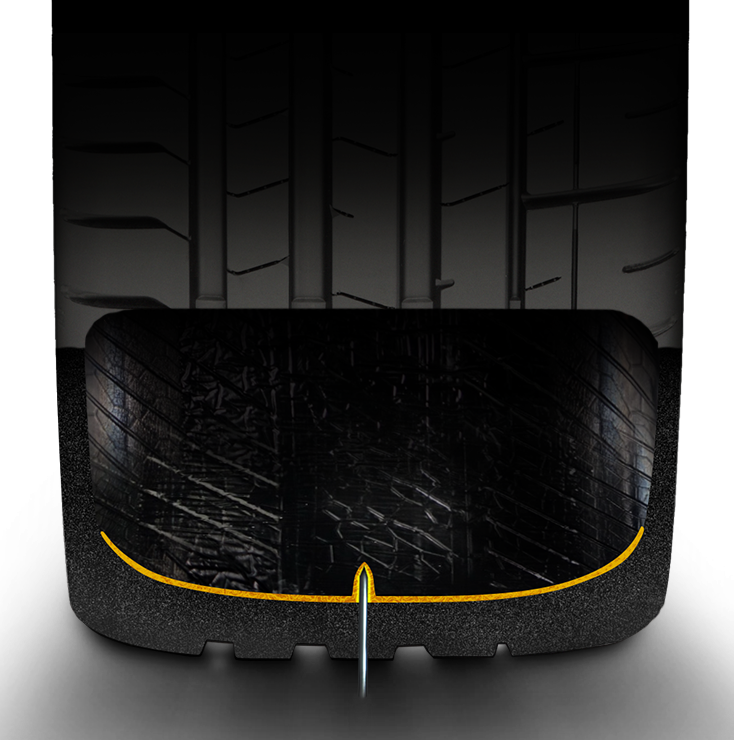
To find out more about our DIY car care range, visit our homepage.
Vladimir Gavrilov
Estimated reading time: 4 minutes
8959
Category: Driving technique
Cars often get stuck in wet snow and begin to skid helplessly. How to get out of the trap without resorting to special equipment, such as a winch, rope and snow chains?
Heavy snowfalls and thaws turn courtyard areas into a snow trap. The softened snow is pressed through, and the outgoing transport rolls deep ruts. The longer the winter, the deeper they get. As a result, a simple entry and exit turn into a test for equipment. On flat areas, you can skid so much that you have to tinker hard until you pull the car onto a free road. How to seamlessly bypass the rut?
How to seamlessly bypass the rut?
Often after snowfalls you see how during slippage some motorists turn the wheels until the clutch burns out. Others are more cautious and try to rock the car. If this does not help to get out, then they put planks, branches of shrubs and rags from the nearest garbage cans under the wheels. But such devices do not always work. Experienced drivers who are well acquainted with the peculiarities of Russian winters advise getting out of captivity in a different way: on flat tires.
If the yards are cleaned even a little and the main problem is hollows and ruts where the wheels are hopelessly slipping, then you can deflate the tires by half. Enough about 1.2-1.0 atmospheres to get a good hold. About the same pressure is used by jeepers to travel through mud and sand.
The physics of the process can be described as follows. A half-flat tire becomes limp and spreads under the weight of the car. The contact patch increases, and with it the pressure of the machine on the surface decreases. But the main thing is different. The flattened rubber forms an additional lip that works like snow chains wrapped around a tyre. The edge cuts into the ice and prevents the wheel from slipping. In addition, an additional shoulder of force is created, the rubber adheres more closely to the surface, breaks through the water film, scratches behind the ice tread and creates friction force. The larger the rubber edge, the less likely it is to break the wheels into slip. Therefore, on half-flat wheels, the car is easier to get out of a slippery rut.
But the main thing is different. The flattened rubber forms an additional lip that works like snow chains wrapped around a tyre. The edge cuts into the ice and prevents the wheel from slipping. In addition, an additional shoulder of force is created, the rubber adheres more closely to the surface, breaks through the water film, scratches behind the ice tread and creates friction force. The larger the rubber edge, the less likely it is to break the wheels into slip. Therefore, on half-flat wheels, the car is easier to get out of a slippery rut.
But rutting is a danger not only at home, but also on an intercity highway. The track there is much smaller and only about two centimeters high, but its tortuosity and torn edges cause problems with directional stability. Due to transverse vibrations, yaws are formed. For example, a car rushes straight, and then gets into a section with torn edges and rushes about in shaking, so much so that the steering wheel breaks out of your hands.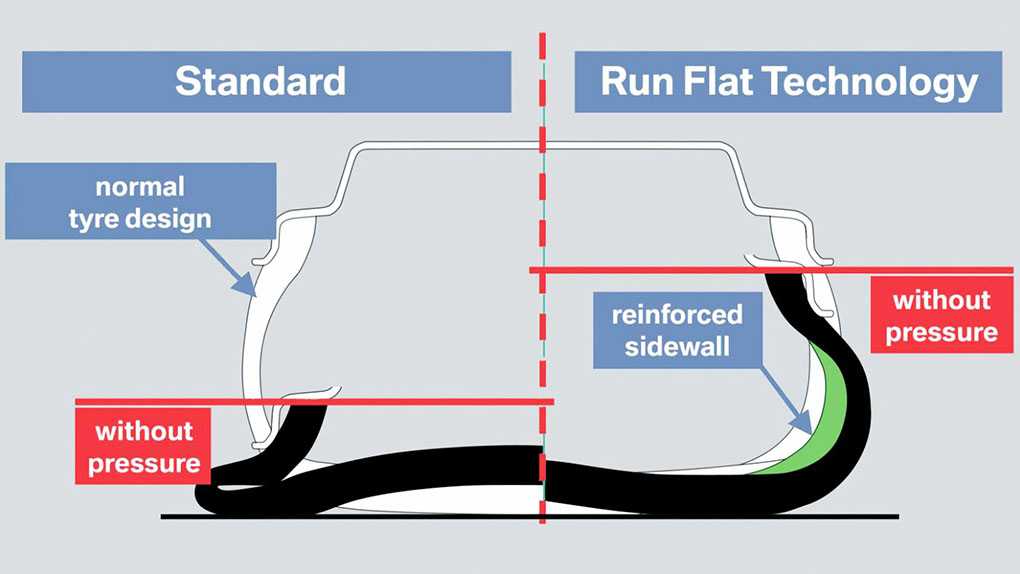 It happens that due to vibrations, the front wheels jump out of the rut, while the rear ones remain in it. At this point, the car may skid. And it depends only on the skill of the driver whether he can straighten the car.
It happens that due to vibrations, the front wheels jump out of the rut, while the rear ones remain in it. At this point, the car may skid. And it depends only on the skill of the driver whether he can straighten the car.
Yaw problems can be alleviated by lowering tire pressure. If the tires are inflated to about 1.5 atm, then they react less to buildup and, due to softness, smooth out side slips that cause yaws. True, it is impossible to accelerate on under-inflated wheels over 80 km / h. Otherwise, a tire that has lost its rigidity during sudden braking or during lateral overloads can break and jump off the rim, which will lead to a sharp drop in pressure and loss of control.
Under-inflated wheels are also useful for driving on snow. For example, if the driveways to rural houses are skidded, but you need to get to the dacha, then you can lower the tire pressure to 0.5 atm. Then the contact patch of the wheels will increase by more than one and a half times and the pressure on the surface will decrease. The car will fall through less and be able to drive through a snowy area. The owners of off-road vehicles are aware of this technique and travel on flat tires not only on virgin snow, but also on loose sand.
The car will fall through less and be able to drive through a snowy area. The owners of off-road vehicles are aware of this technique and travel on flat tires not only on virgin snow, but also on loose sand.
True, with such pressure it is absolutely impossible to slip and accelerate over 40 km / h, since tires that are three-quarters flat cease to hold loads and can be easily disassembled if the accelerator is inaccurately acted upon. As soon as the snow-covered area has been passed, the pressure must be raised again to the values prescribed by the instructions.
tips for motorists how to survive the winter
Next article
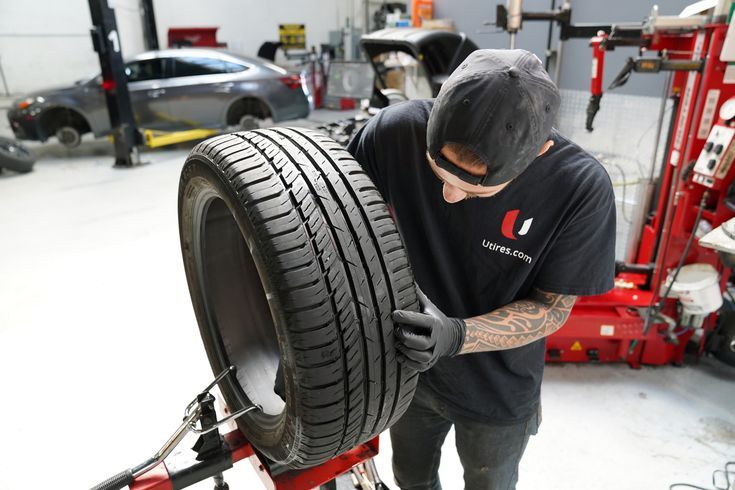 Why can't you drive with a hernia on the wheel?
Why can't you drive with a hernia on the wheel? Media news2
LADA
UAZ
KIA
Hyundai
Renault
Toyota
Nissan
000 NISANAN 9000 NISANA 9000 NISANA 000 NissanNISANI Mercedes-Benz
Mitsubishi
Mazda
Ford
All brands
Most often, we ourselves are to blame for the fact that tires become unusable.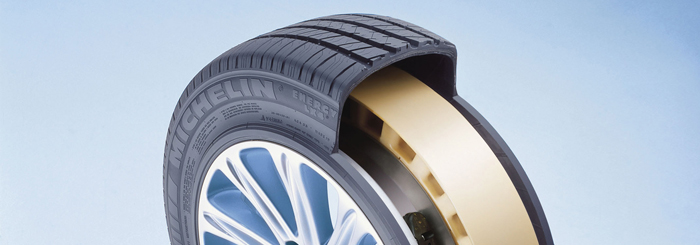 But this can be avoided.
But this can be avoided.
Related materials
You have never seen such tires: even the police were surprised
In the process of using a tire, a variety of damages can occur, most of which are the fault of the driver. As a result, rubber is wasted, and since the law prohibits the use of different tire models on the same axle, you have to spend money on replacing the second tire.
The most common damage is puncture . This is the most harmless type of damage, but only if you notice it in time and repair it right away. It is absolutely impossible to drive on a flat tire, even a couple of meters! The damage caused by running on a flat tire or with low pressure is catastrophic. This causes the sidewalls to deform more than they should, which causes the tire to overheat, delaminate, and the carcass becomes unusable due to broken cords. As a result, the tire will have to be thrown away. In addition, the edge of the rim can also be damaged.
Punctures are of two types: with and without cord damage. To determine this, it is necessary to remove what pierced it. If the edges of the puncture tightly converge, then the cord is not damaged and it will be possible to repair the tire without removing it from the disk. Otherwise, if the edges do not converge, you will have to disassemble the wheel and make repairs with strengthening the frame from the inside. Alternatively, in the field and in the absence of a spare wheel, such a puncture can be repaired without removing the tire from the rim, after which you can carefully drive to a tire fitting or garage and make a full repair.
Related materials
Is it possible to pump up a wheel without a compressor - the experiment "Behind the wheel"
When repairing, the puncture site should be cleaned and marked. Further, it all depends on what kind of repair kit you have - as a rule, instructions are attached to them. There are sealants that are poured into the tire through the nipple, after which the wheel turns with the puncture down and the substance seals the hole.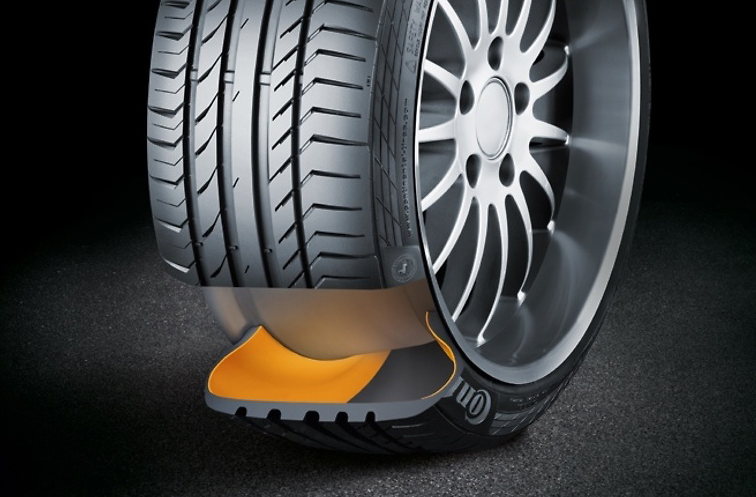 Repair using a tourniquet or insert is somewhat more complicated, but also more durable: the edges of the hole are polished with a special tool, after which the tourniquet treated with a special compound must be inserted into the tire through a puncture with a special awl, pulled out (not completely) out and cut flush with the surface.
Repair using a tourniquet or insert is somewhat more complicated, but also more durable: the edges of the hole are polished with a special tool, after which the tourniquet treated with a special compound must be inserted into the tire through a puncture with a special awl, pulled out (not completely) out and cut flush with the surface.
In case of cord damage due to a puncture, the tire must be removed from the rim in order to install a reinforced patch with additional cord on its inner surface. One of the sides of such patches has an adhesive layer that promotes cold vulcanization. After such a repair, wheel balancing will be required. To seal punctures from the inside, patches in the form of a mushroom are also used, with a leg that goes into the puncture. Such patches are also covered with a special adhesive for cold vulcanization.
Cuts or holes , unlike punctures, are not repairable, as they violate the integrity of the frame, which can no longer be strengthened.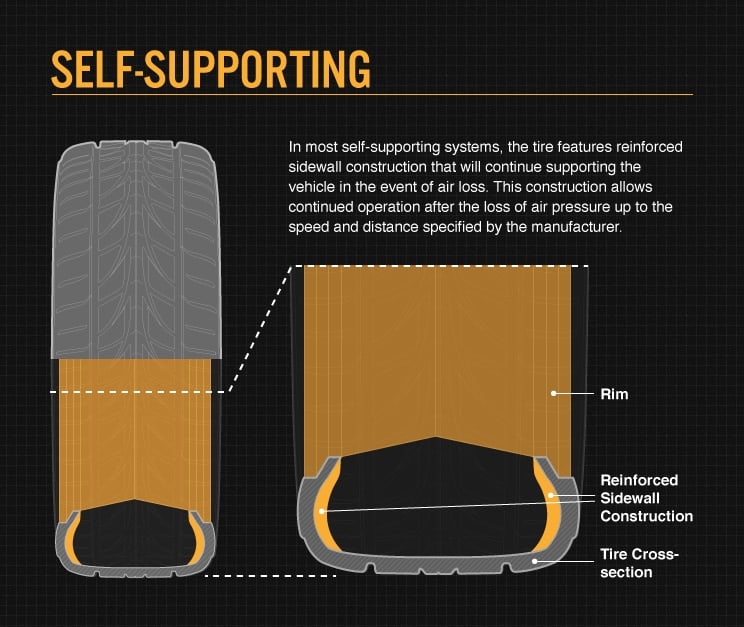 In addition, breakdowns are always sudden and occur on the go: the tire abruptly loses pressure and before the car comes to a complete stop it has time to make several revolutions “on the rims”, which breaks the cord and destroys the layers. It is not recommended to use such a weakened tire, even if it was possible to repair and strengthen the place of the rupture or cut, in the future.
In addition, breakdowns are always sudden and occur on the go: the tire abruptly loses pressure and before the car comes to a complete stop it has time to make several revolutions “on the rims”, which breaks the cord and destroys the layers. It is not recommended to use such a weakened tire, even if it was possible to repair and strengthen the place of the rupture or cut, in the future.
Related materials
8 tire storage rules - do you follow them all?
Incorrect storage of tires can cause cracks . The danger of such damage is that moisture enters the cord through cracks, which renders the frame unusable. In addition, air can escape through cracks. Unfortunately, cracks are not repairable, and tires with them will not last long: sooner or later they will deform, become covered with swellings due to rusted and torn cord or because of driving with pressure below the recommended one.
Blisters or bulges can appear on a tire for a variety of reasons - it always happens due to a broken cord or delamination in the carcass. In the first case, an obstacle was hit and the impact broke the cord or the cord was cut through with a sharp object. In the second case, there is no damage on or near the hernia, which means that it appeared either due to a factory defect, or due to frequent driving with pressure below the recommended one. The danger of hernias is that they can explode at any moment and provoke a skid, which will lead to an accident. If there is nothing to replace a tire with a hernia, then it is better to rearrange it to the rear axle and drive very carefully. Like cracks, a hernia cannot be repaired. Sometimes small blisters resulting from impacts or cuts are reinforced with reinforced patches, but there is no guarantee that the tire will not explode. Therefore, tires with hernias are recommended to be replaced immediately.
In the first case, an obstacle was hit and the impact broke the cord or the cord was cut through with a sharp object. In the second case, there is no damage on or near the hernia, which means that it appeared either due to a factory defect, or due to frequent driving with pressure below the recommended one. The danger of hernias is that they can explode at any moment and provoke a skid, which will lead to an accident. If there is nothing to replace a tire with a hernia, then it is better to rearrange it to the rear axle and drive very carefully. Like cracks, a hernia cannot be repaired. Sometimes small blisters resulting from impacts or cuts are reinforced with reinforced patches, but there is no guarantee that the tire will not explode. Therefore, tires with hernias are recommended to be replaced immediately.
Related materials
Tire blackening - 6 ways to polish. Inexpensive!
Tire sidewalls can be damaged by rubbing against curbs or the asphalt edge when pulling over.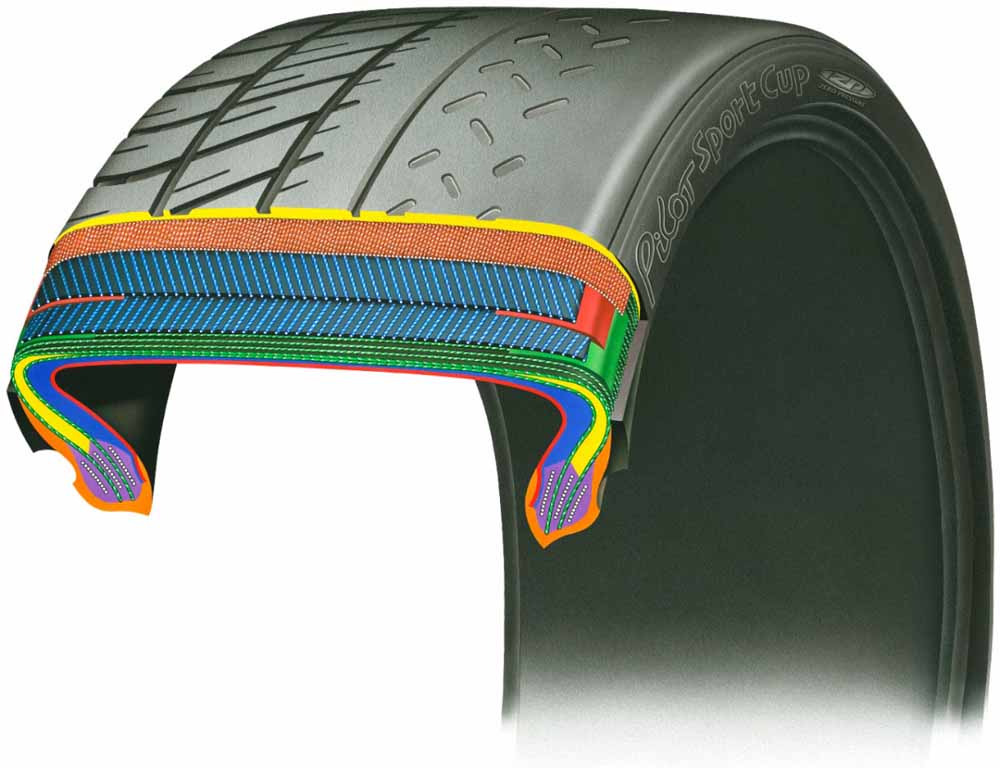 If you are prone to such a driving style, then it is recommended to inspect the inner and outer sidewalls from time to time and, if abrasion is found, swap the wheels in order to prevent the cord from being exposed - the rubber thickness on the sidewalls is small (1.5–3 mm), and it can be rubbed to the frame very quickly.
If you are prone to such a driving style, then it is recommended to inspect the inner and outer sidewalls from time to time and, if abrasion is found, swap the wheels in order to prevent the cord from being exposed - the rubber thickness on the sidewalls is small (1.5–3 mm), and it can be rubbed to the frame very quickly.
Often the cause of tire damage can be poor-quality tire fitting , during which the bead ring was damaged. In this case, the tire loses its geometry and “sits” crookedly on the disk - it writes out “eights” during rotation, and lateral vibration appears during the ride. It is impossible to repair such a tire - you need to replace it with a serviceable one as soon as possible before it damages the suspension: rods, hubs and bearings.
You can find out whether you are using tires correctly and what invisible damage they have received by the characteristic wear of the tread, the varieties of which are collected in the table for convenience:
Double side shoulder wear
Driving with less than recommended tire pressure.
Inflate the tires to the pressure recommended by the automaker (a plate with recommendations is attached in the driver's door opening) and find the cause of the fall: puncture, cracks, hernia, nipple, rust on the rim of the disc in the place where the tire fits, etc.
Center wear
Tire pressure too high.
Reduce the pressure to the recommended (indicated on the tablet in the driver's doorway)
In the form of rings and furrows
can be found on trailers or rear wheels of pickups and vibrations due bouncing at high speeds.
Changing wheels on a loaded axle to equalize wear, driving with a heavier load.
Chipped wear with cuts
Frequent wheel spin on rocky surfaces.
Move the wheels to a non-driving axle, use the gas pedal more carefully when starting to move.